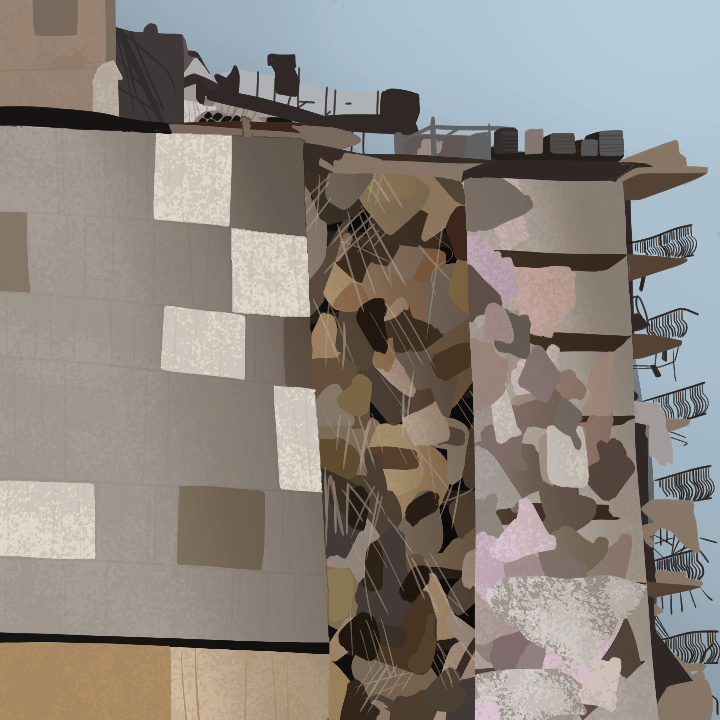As rescue efforts continue and further investigation is made into the Surfside building collapse, the death toll rises to 32 and 113 remain unaccounted for. The remaining structure for the Champlain Towers South building was demolished on Sunday night. Living residents were not permitted to enter the premises to retrieve their property in advance, as […]









